Too cheap for Strava and its “Year in Review” (Although I do miss it). so used Claude to come up with my own. Exported CSV data from Intervals.icu and imported it for analysis.
Some of my favorite workout pics from 2025

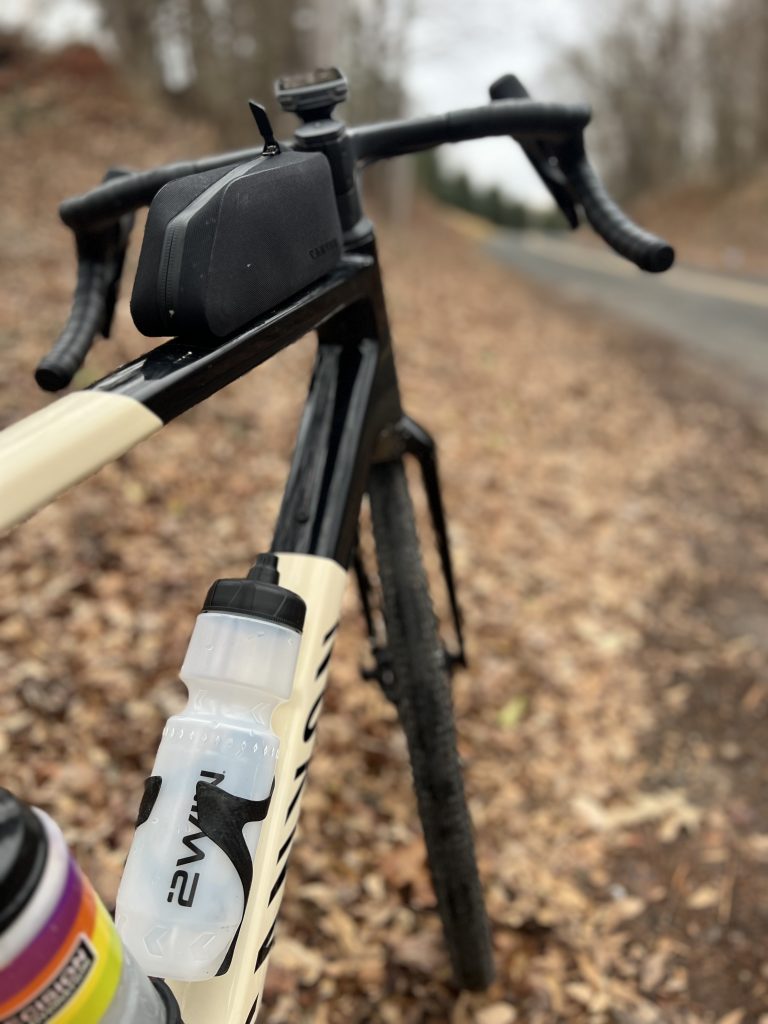



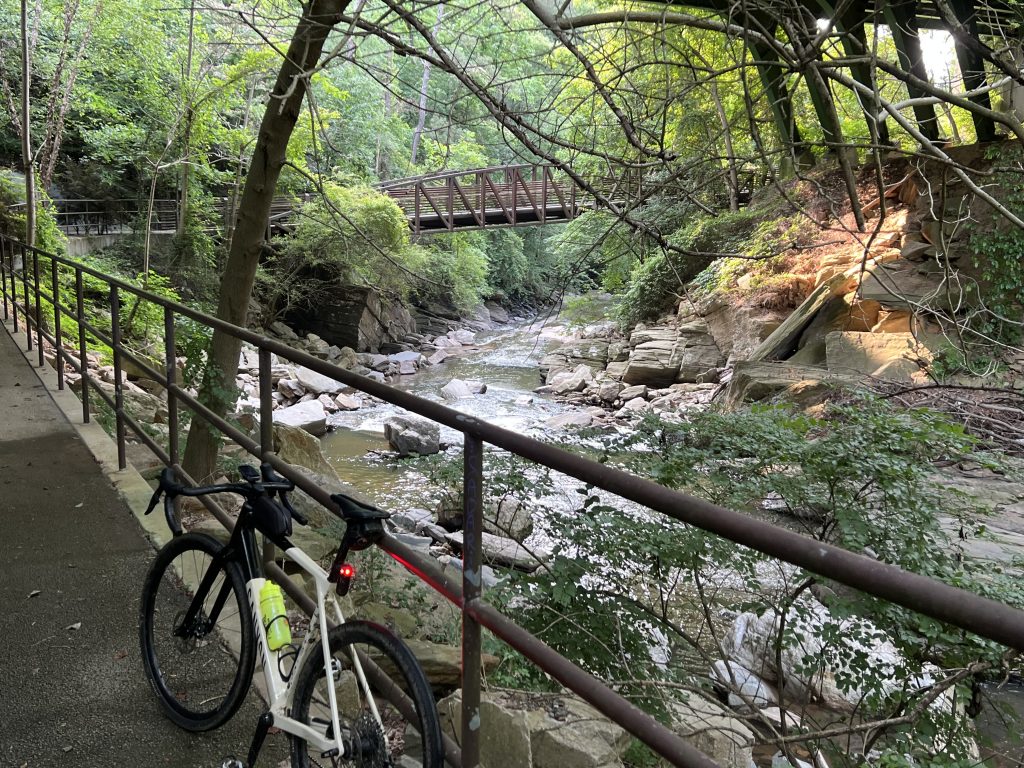
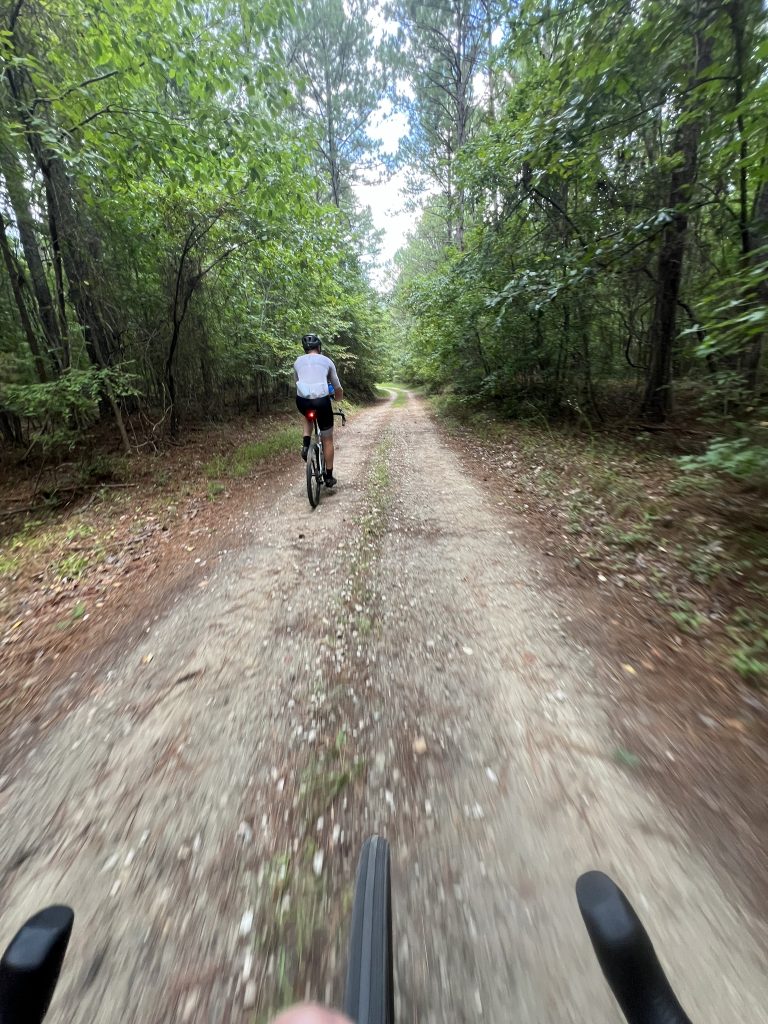


Personal collective of ideas, thoughts and notes
Too cheap for Strava and its “Year in Review” (Although I do miss it). so used Claude to come up with my own. Exported CSV data from Intervals.icu and imported it for analysis.
Some of my favorite workout pics from 2025









Entry level lux frame to replace my previously cracked version 🙁 Replaced many of the parts from my old bike onto his one.
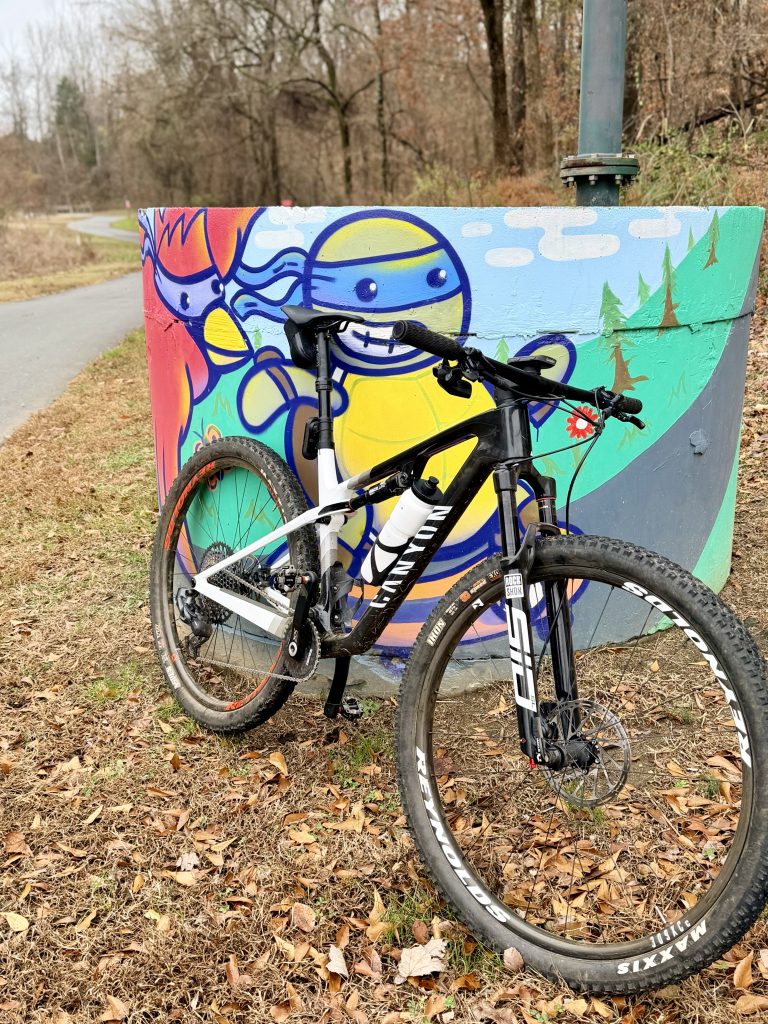
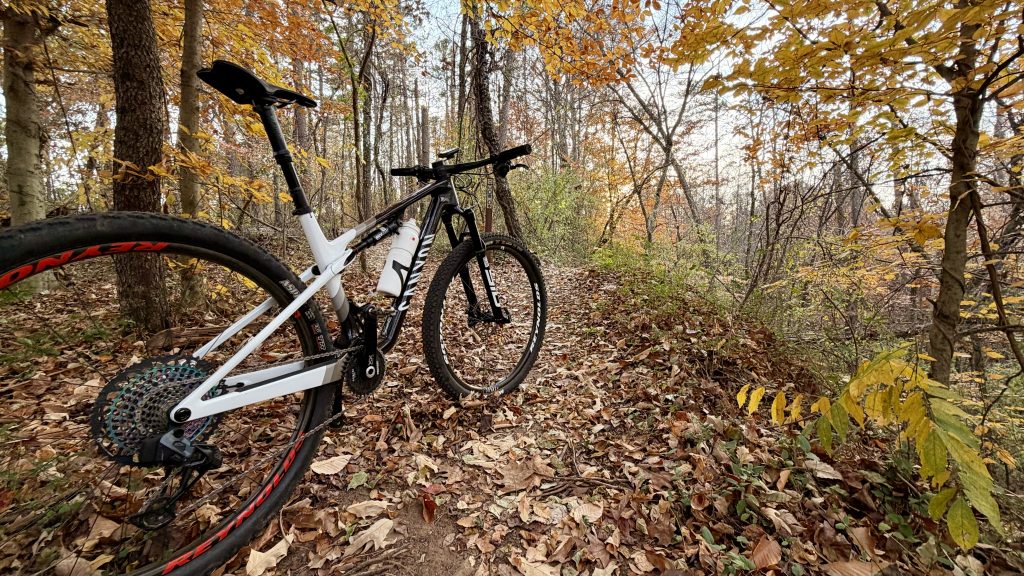
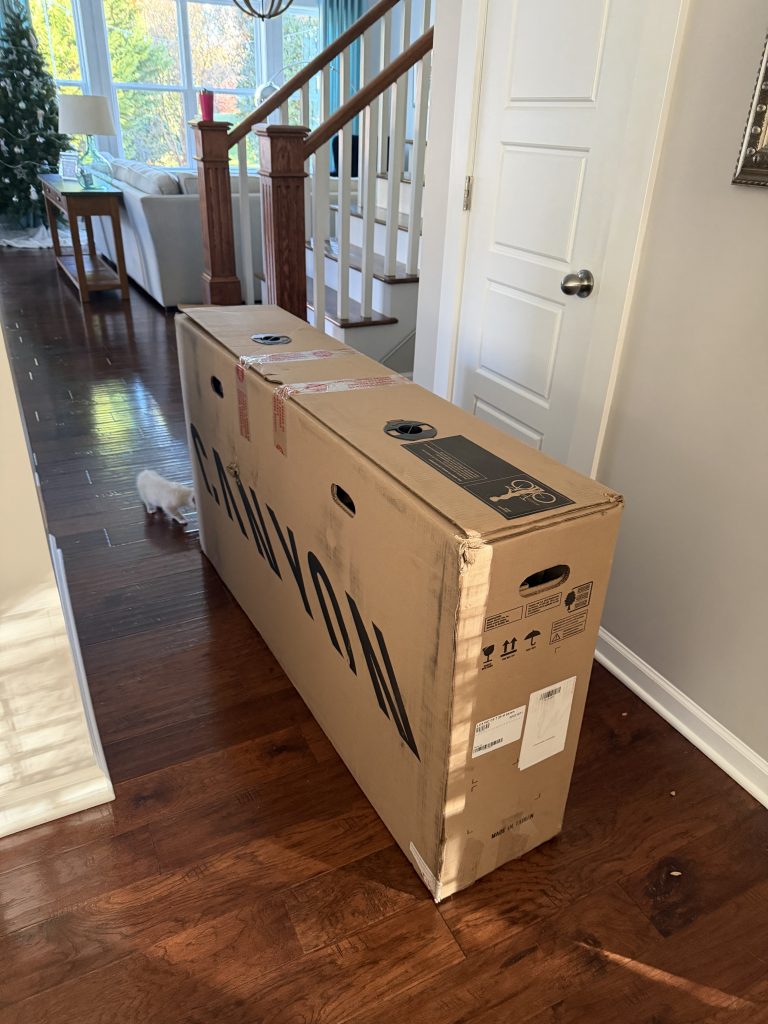
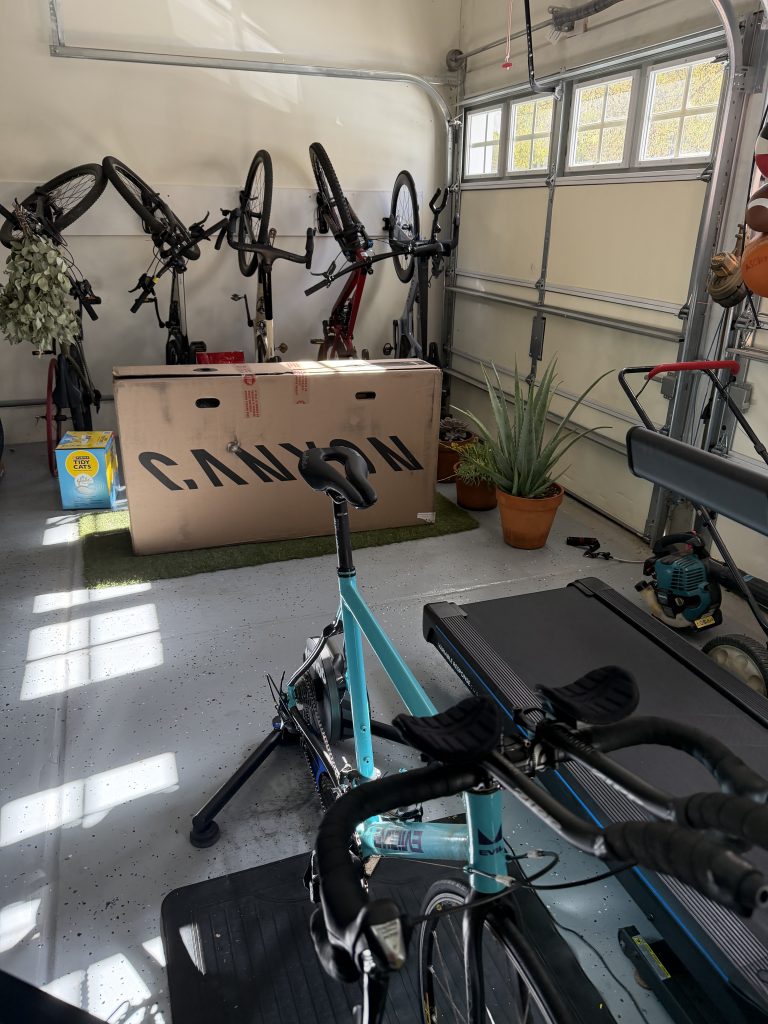
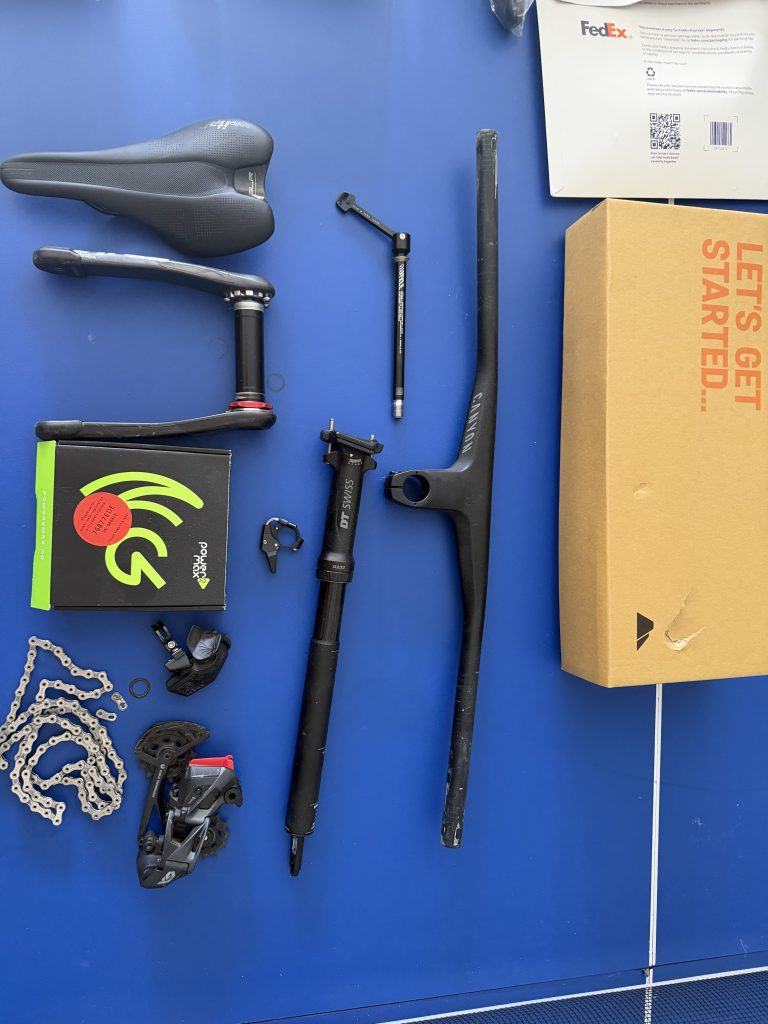
Pretty common to loose bottles on bumpy rides during triathlons, so cloned some of these bottle savers and 3D printed a couple for myself.
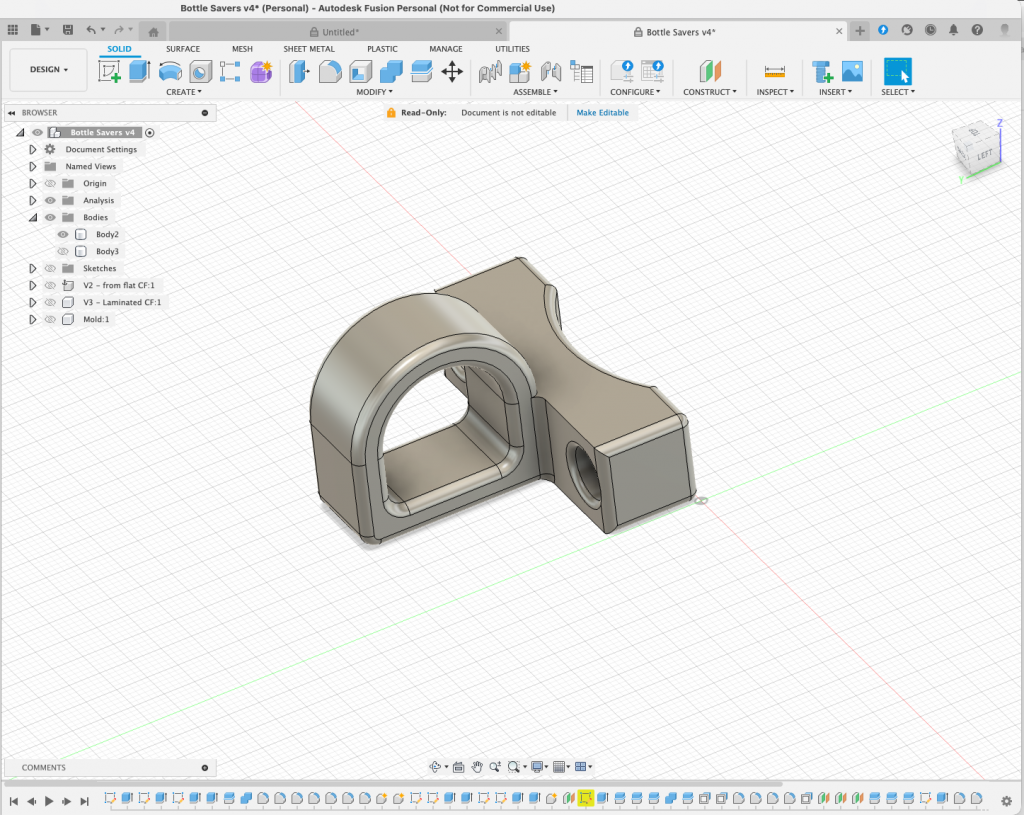
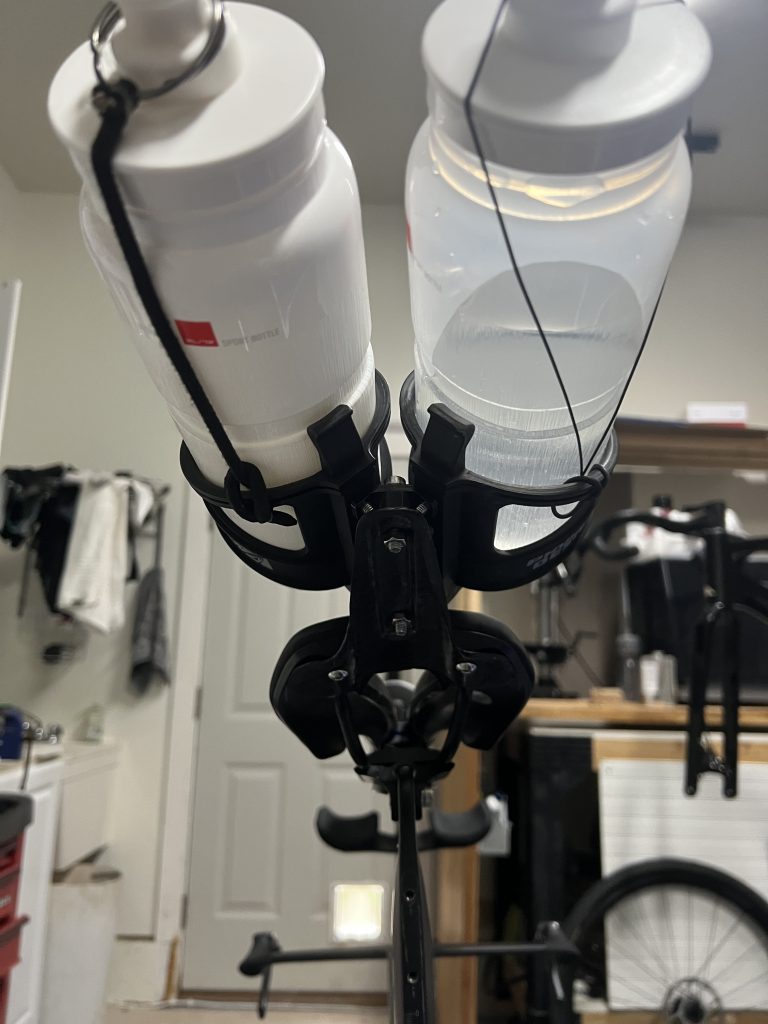
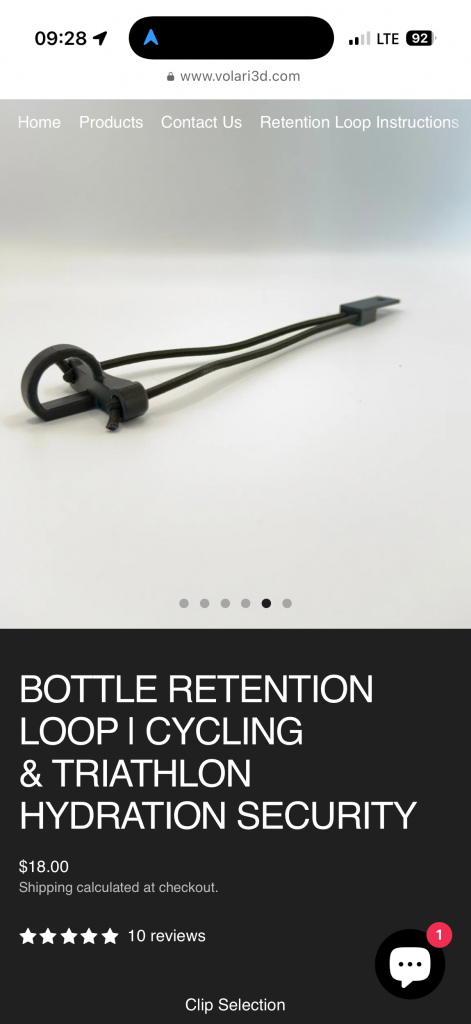
This did not end up lasting too long. Some interesting insights from the device, but accuracy especially with something like CDA is very nuanced.
Key take away, continue to use Best Bike Split (software derived CDA versus this physical device).
This was one of my test from Huntersville Business Park:
Test Conditions

After designing, building, rebuilding, and re-printing dozens of accessories for my bikes over the last few years, I wanted to create and share a open source design system for accessories for bikes that allows myself (and a community) to innovate and collaborate on these types of products. Here is a snippet from the readme file:
Our goal is to develop a modular mounting system for bicycle accessories — ranging from water bottle holders and lights to phone and cycling computers. Partially inspired by Gridfinity, this system provides a base platform and is intended to be stackable. The motivation behind the definition and open source nature of this project is to encourage community-driven design and innovation in the triathlon space.

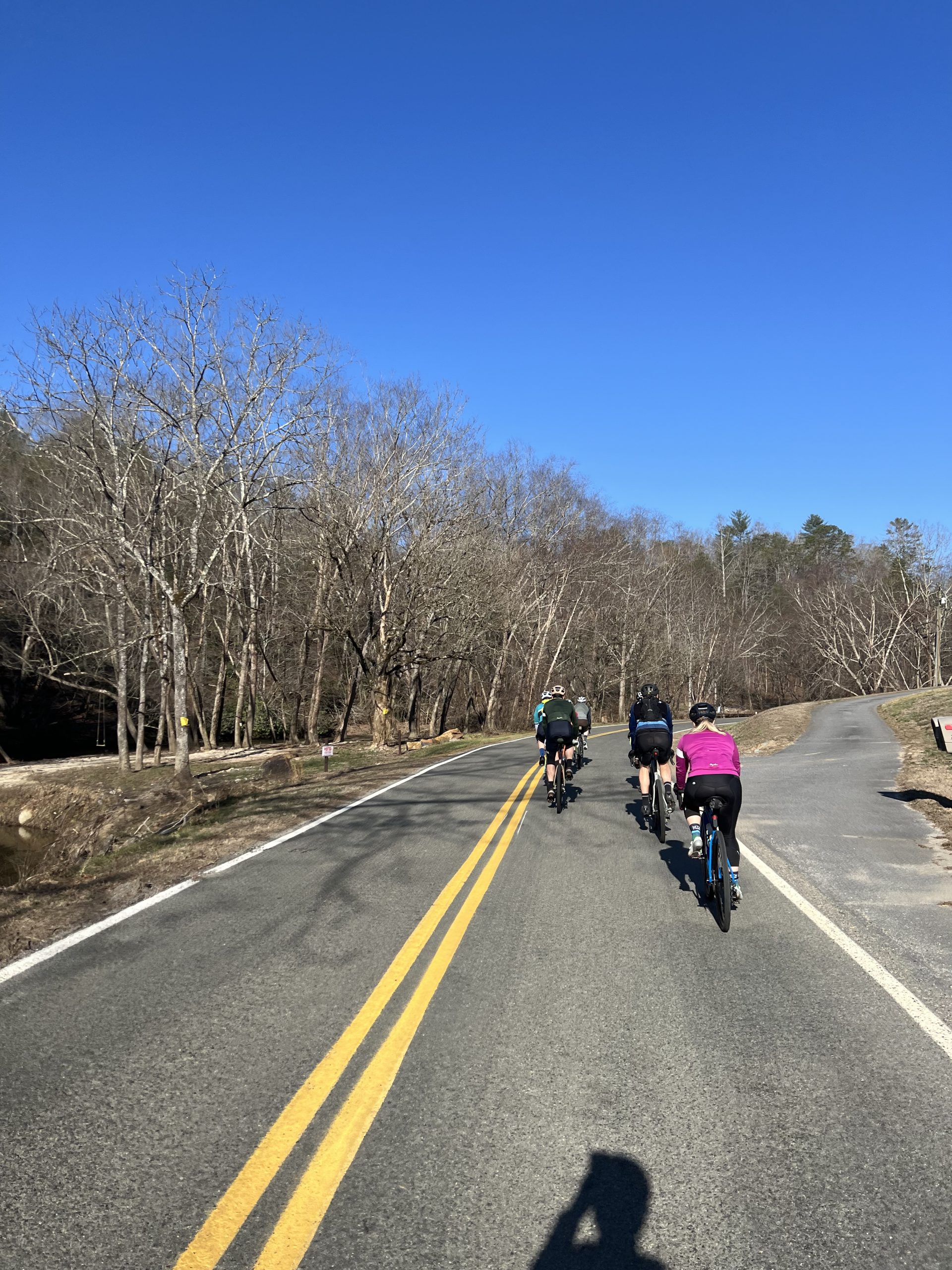








Another fun year chasing some kudos and KOM’s on #Strava!






3 years of doing 70.3 IM NC. Such a fun race in one of my favorite coastal towns of Wilmington/Wrightsville beach. Overall, a great race. 6th this year compared to 5th from last year, but due to the fast swim current, I improved my swim 8 minutes. On the bike I had a major rookie mistake and forgot to load my nutrition bottle on the bike, which meant stopping at the first aid station and loading up as much as I could carry, giving up some time, but also really important. There my bike was 2 minutes slower than 2023. On the run, I was right around the same as previous years with a 1:28. The 5th place finisher was over 2 minutes ahead of me, so I needed quite a considerable improvement to catch up to them.
Another great experience racing ORAMM (Off-Road Assault on Mount Mitchell). Some of the coolest temps but also pretty slick from all the rain we have had lately. This was my slowest time over the 4 years racing this event, but due to that it was probably the most enjoyable 🙂







You must be logged in to post a comment.